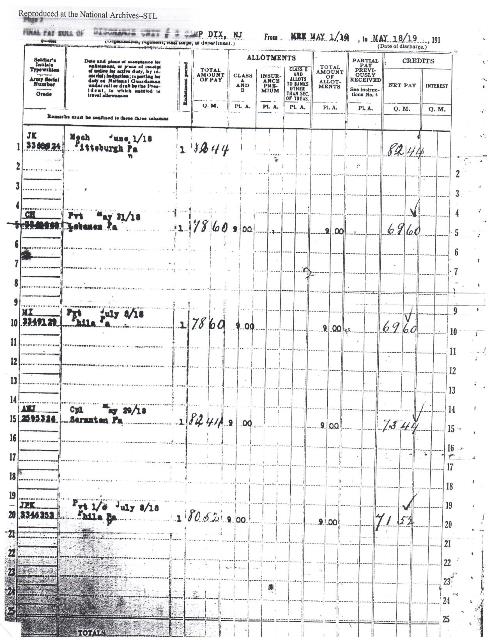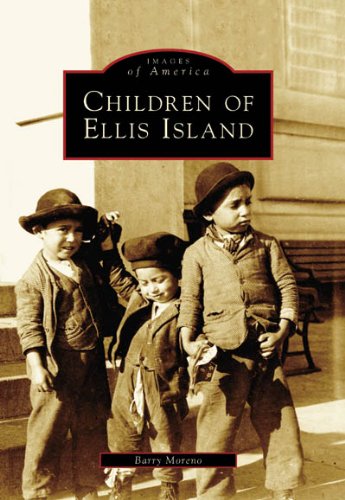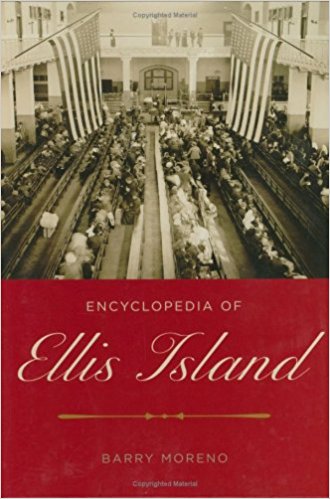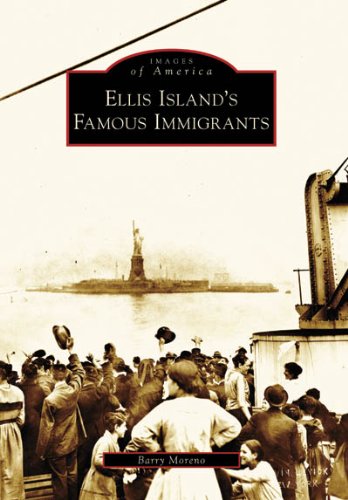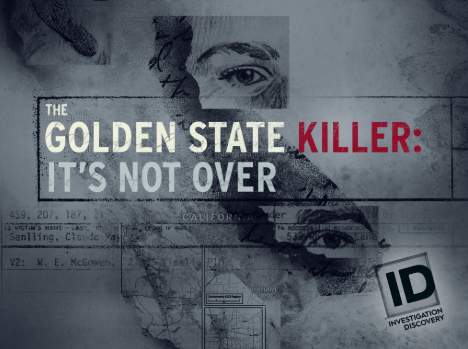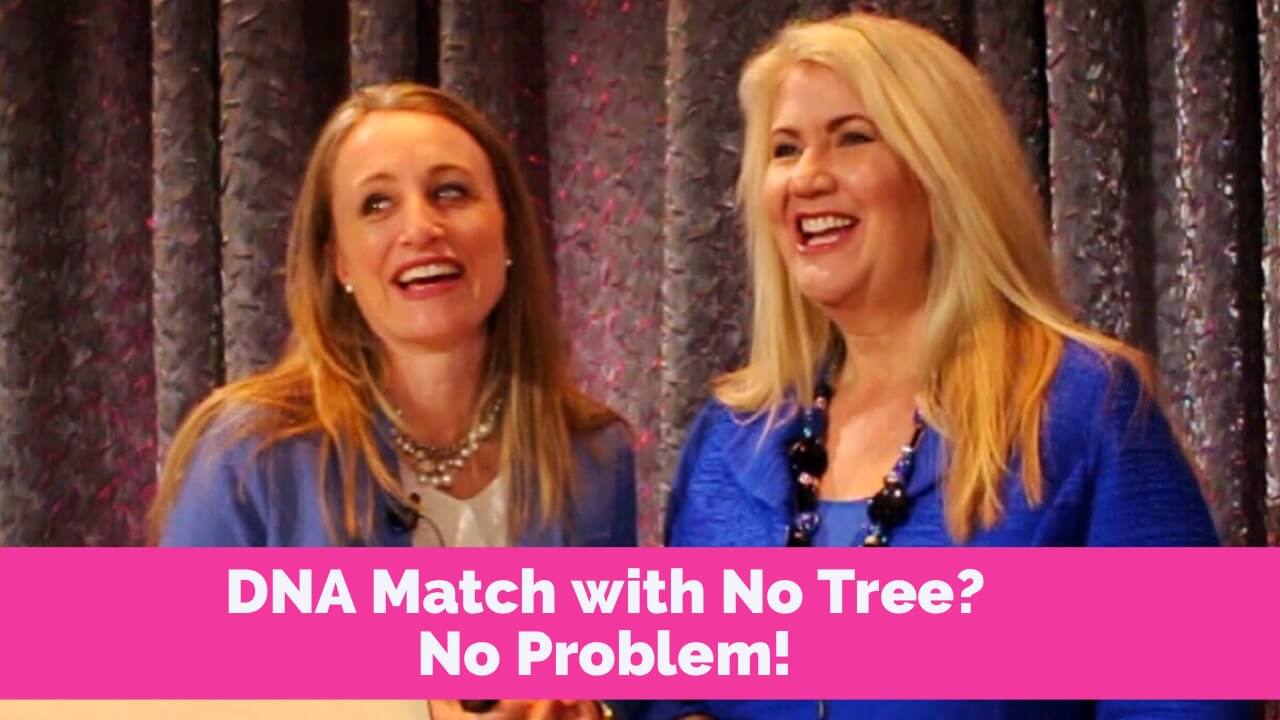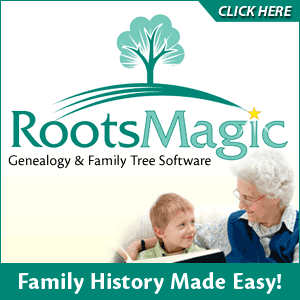Episode 211
The Genealogy Gems Podcast Episode #211 with Lisa Louise Cooke
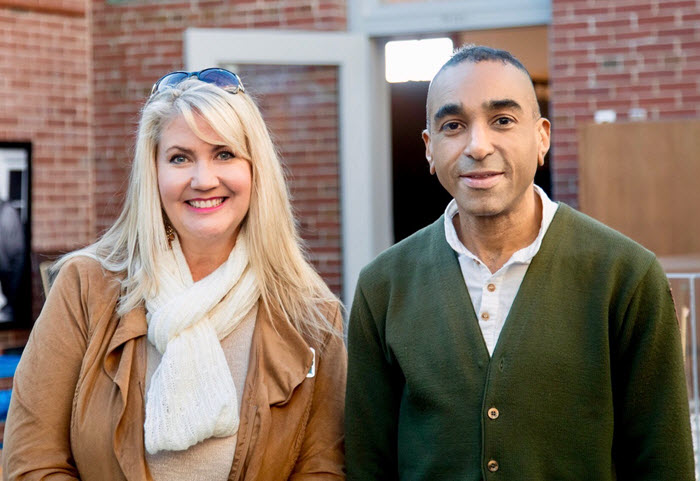
Photo Credit: Beth Forester
In this episode, host and producer Lisa Louise Cooke talks with Barry Moreno, Historian at Ellis Island. Hear about the life cycle of this busy U.S. immigration station (1892-1954) and Barry’s research into thousands of Ellis Island employees who worked there.
More Episode Highlights
Archive Lady Melissa Barker tells us about the National Archives Citizen Archivist program and Lisa profiles a volunteer effort coordinated by the British Library to geo-tag thousands of old maps that are already online.
A giant genealogy lost-and-found! Two listeners write in about rescuing old artifacts and returning them to those who might be interested.
Military Minutes contributor Michael Strauss talks about Official Military Personnel Files for 20th-century US servicemen and women?files that were unfortunately partially destroyed. Hear what he learned about his grandfather.
Genealogy News
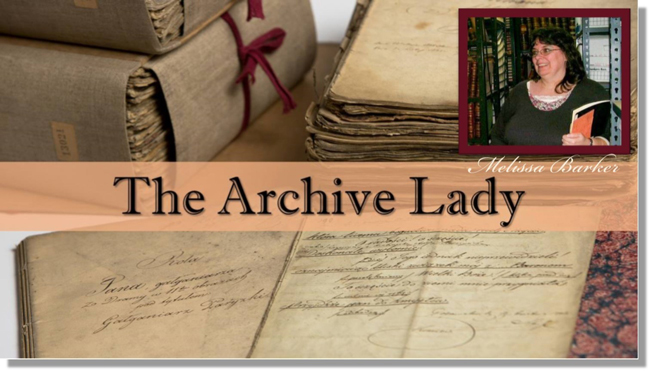
National Archives Citizen Archivist Project, reported by The Archive Lady, Melissa Barker
The British Library Georeferencing Project
Flickr Commons collection of digitized maps from the British Library Collections?mostly 19th century maps from books published in Europe.
Use Google Earth for genealogy! Check out these resources:
FREE Google Earth for Genealogy video
The Genealogist’s Google Toolbox, by Lisa Louise Cooke. This book has 7 full chapters on Google Earth! Available in print.
Google Earth for Genealogy Video Training by Lisa Louise Cooke. Available now as a digital download.
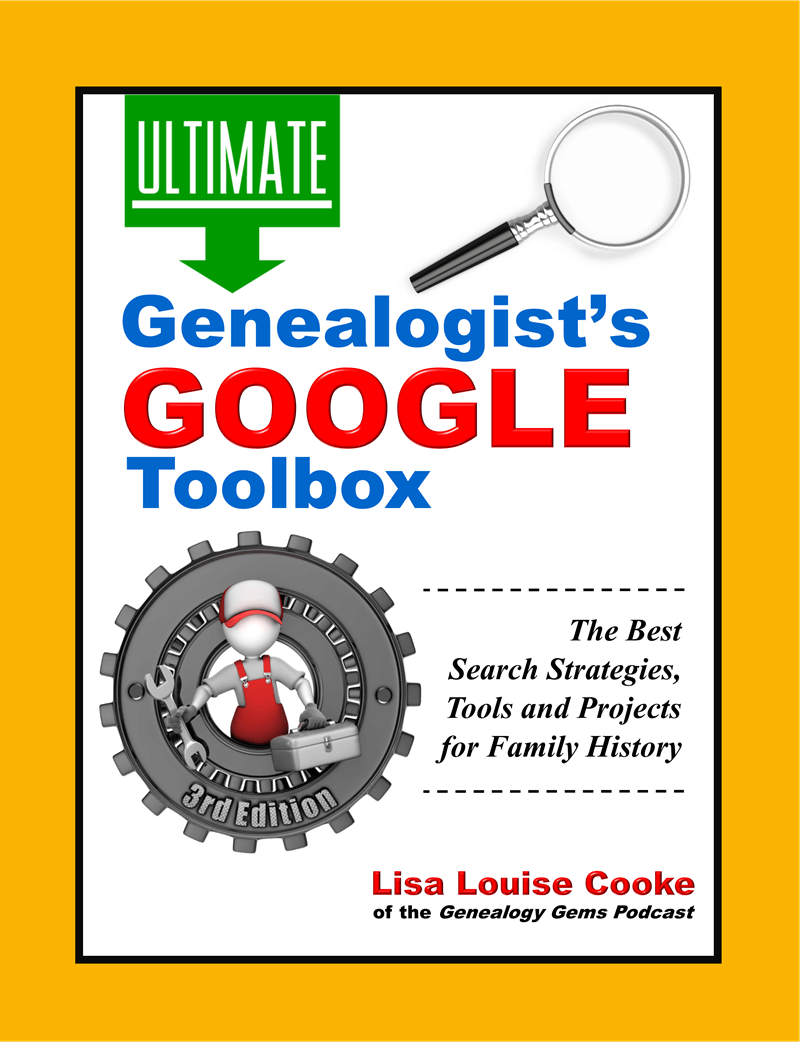
Available in the Genealogy Gems Store
New Video for Premium Members
“Share Your Life Stories More Meaningfully” Premium Video
Every life is fascinating when it’s well shared! Learn from the author of Story of My Life: A Workbook for Preserving Your Legacy what stories you have that are worth telling–and several inspiring reasons to write them. Review different kinds of memories, why some memories are more vivid that others, and how to flesh them out. Learn tips for researching gaps in your memories, how to turn a memory into a good story, what to leave out and several ways to share your stories.
Genealogy Gems App Bonus Content
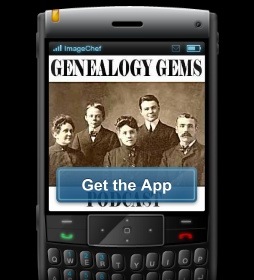
If you’re listening through the Genealogy Gems app, your bonus content for this episode is a preview of the new Premium video class, “Share Your Own Life Stories More Meaningfully” by Contributing Editor Sunny Morton. The Genealogy Gems app is FREE in Google Play and is only $2.99 for Windows, iPhone and iPad users
Mailbox: Roland’s Heirloom Rescue
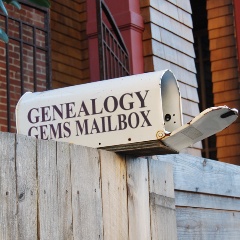
Mailbox: New Listener Photo Rescue Project
What can you do with a collection of unidentified photos?
Return them to a loving home. In this case, it was a local historical society. Linda wisely kept the collection together because often there’s power in what some of the photos may tell you about others.
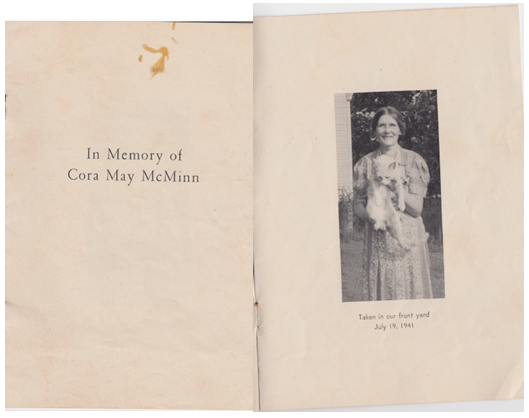
Get them digitized and online so those who want them can find them. The historical society put images on Find A Grave memorials and Iowa GenWeb. They even plan to display them for locals to look at personally and try to identify!
Historical and genealogical societies can also share mystery photos on their websites (or their local library’s website if they don’t have their own) or on their blogs, Facebook pages or even in their regular newsletters. These are great conversation pieces, especially when you can later report that you have solved the mystery! (Click here for more tips aimed at supporting genealogy societies.)
Photo mystery SOLVED: Savvy tips to identify old photos
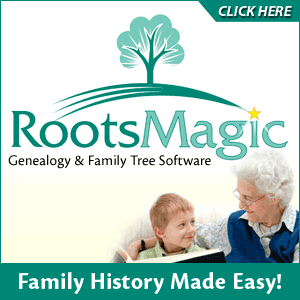
Visit www.RootsMagic.com
Lisa Louise Cooke uses and recommends RootsMagic family history software. From within RootsMagic, you can search historical records on FamilySearch.org, Findmypast.com and MyHeritage.com. RootsMagic is now fully integrated with Ancestry.com: you can sync your RootsMagic trees with your Ancestry.com trees and search records on the site.

Keep your family history research, photos, tree software files, videos and all other computer files safely backed up with Backblaze, the official cloud-based computer backup system for Lisa Louise Cooke’s Genealogy Gems. Learn more at https://www.backblaze.com/Lisa.
MILITARY MINUTES: OFFICIAL MILITARY PERSONNEL FILES
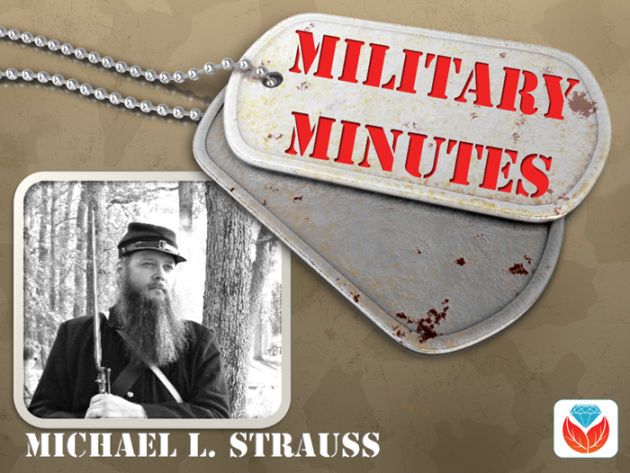
The military service files for your ancestors who served during the twentieth century or later are located at the National Personnel Record Center in St. Louis, MO as part of the National Archives. The files are called the Official Military Personnel Files (OMPF) and are available for each of the military branches; namely; Army, Navy, Air Force, Marines, and Coast Guard.
Researchers should be keenly aware of the devastating fire that occurred on July 12, 1973 at the research facility that destroyed or damaged between 16-18 million service files from the United States Army and the Air Force. Remember that the Air Force wasn’t officially organized until September 14, 1947. Before this date Air Force records were part of the United States Army Air Corps, then part of the U.S. Army.
National Archives at St. Louis. Overview of the holdings, media articles and PowerPoint presentations (download as PDFs)
The 1973 Fire at the National Personnel Record Center in St. Louis, MO
Official Military Personnel Files (OMPF) Non-Archival Holdings
Official Military Personnel Files (OMPF) Archival Holdings
Archival Research Room at the National Personnel Record Center (Request an Appointment, Availability of Records, Copy Fees, Hours of Operation, Hiring a Researcher)
Request Military Service Records (Online request for Veterans, Standard Form 180, or For Burials and Emergency Requests)
Mail Order Request for Record from the National Personnel Record Center (SF 180)
Zerbe H. Howard
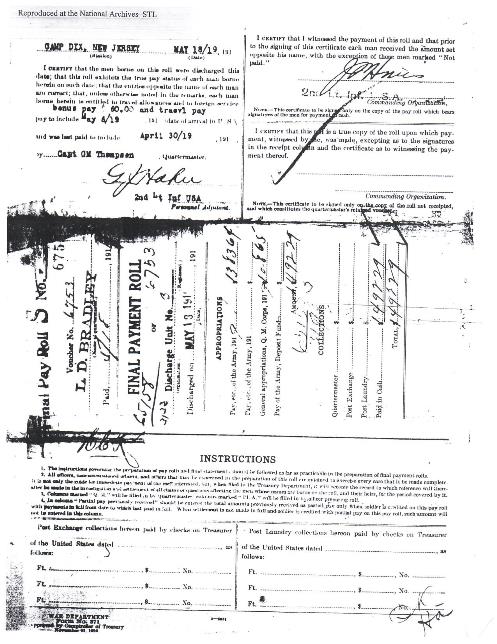
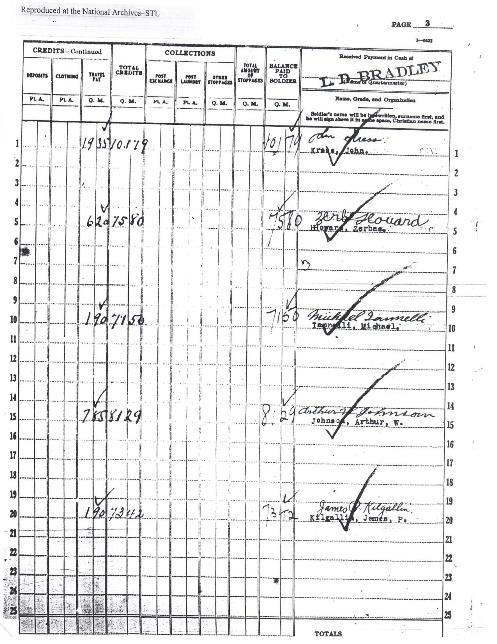
 Start creating fabulous, irresistible videos about your family history with Animoto.com. You don’t need special video-editing skills: just drag and drop your photos and videos, pick a layout and music, add a little text and voila! You’ve got an awesome video! Try this out for yourself at Animoto.com.
Start creating fabulous, irresistible videos about your family history with Animoto.com. You don’t need special video-editing skills: just drag and drop your photos and videos, pick a layout and music, add a little text and voila! You’ve got an awesome video! Try this out for yourself at Animoto.com.
Watch the video below for an example of a family history video made with Animoto:
MyHeritage.com is the place to make connections with relatives overseas, particularly with those who may still live in your ancestral homeland. Click here to see what MyHeritage can do for you: it’s free to get started.
INTERVIEW: BARRY MORENO, ELLIS ISLAND HISTORIAN
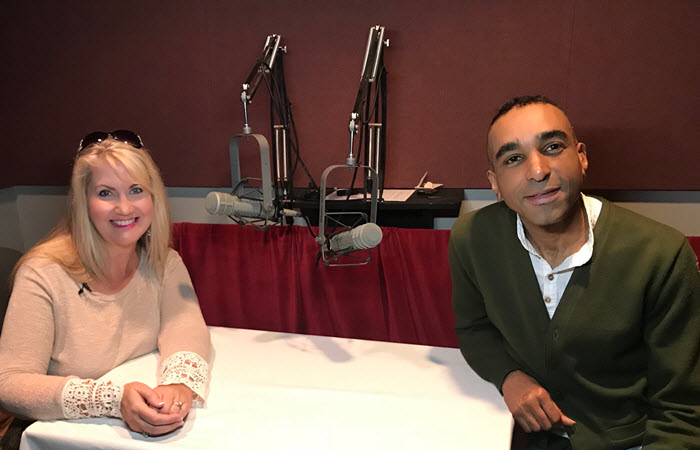
Photo Credit: Beth Forester
Barry Moreno is a leading authority on the history of Ellis Island, the famous receiving station for millions of immigrants to the United States from 1892-1954. He has worked in the Museum Services Division at Ellis Island for more than a decade. He is the author of several books, including Children of Ellis Island, Ellis Island’s Famous Immigrants (including Bob Hope, Bela Lugosi, and Max Factor) and Encyclopedia of Ellis Island (which includes information on displaced persons).
Ellis Island: Historical highlights
Prior to 1890, immigration was handled by the states (primarily New York, as most passed through the Port of New York).
1920-1921: New regulations cut down immigration dramatically. Each country had quotas that could not be exceeded. New regulations were passed requiring immigrants to
- have a passport from their home country
- have medical examinations
- pay a tax to the American Consulate in their home country.
During the last 30 years, Ellis Island mostly handled immigrants who were “in trouble.”
Starting in the 1930s some immigrants arrived by air (Colonial Airways from Canada). After WWII, Air France started service, and German and Italian airlines came in the 1950s.
Ellis Island was closed in 1954 by President Eisenhower. Immigrants who were still detained when it closed were sent to jails.
After 1954, Ellis Island was still used by the Coast Guard for training and by the Public Health Services department.
Barry’s research on workers at Ellis Island:
Most employees were men. Interestingly, blue collar men tended to die before age 60, and better educated ones lived much longer.
Female employees were typically widows, unmarried or had husbands who did not support them. “Char woman” was a common role held by Irish, Swedish and German women. Char means “chores” (cleaning women). They worked often for about $400/ year with no pension, and lived to old ages.
A nursery was opened at Ellis Island; many Christian missionaries worked there. Ludmila Foxlee (1885-1971) was one of them, a social worker with the YWCA. Click here to read more immigrant aid workers at Ellis Island.
Three more great resources for discovering the stories of your immigrant ancestors:
What was it like to land on Ellis Island? Read this article and watch (for free) an award-winning, official documentary)
If your search at the Ellis Island website doesn’t retrieve your ancestors, head on over to Stephen P. Morse’s One Step Pages. There you will find dozens of links to search resources, including the Ellis Island Gold Form for arrivals between 1892 and 1924. Even the folks at Ellis Island refer researchers to Morse’s site. Listen to Lisa’s interview with Stephen Morse in Genealogy Gems Podcast episode #153.
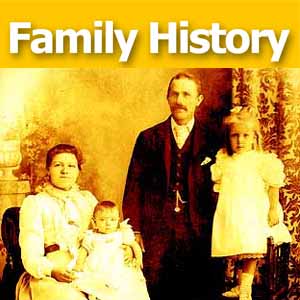 In Lias’s free Family History: Genealogy Made Easy Podcast (episodes 29-31), genealogist Steve Danko covers immigration and naturalization records in depth and even offers up some little-known tips about deciphering some of the cryptic notes researchers often find on passenger lists.
In Lias’s free Family History: Genealogy Made Easy Podcast (episodes 29-31), genealogist Steve Danko covers immigration and naturalization records in depth and even offers up some little-known tips about deciphering some of the cryptic notes researchers often find on passenger lists.
PRODUCTION CREDITS
Lisa Louise Cooke, Host and Producer
Sunny Morton, Editor
Diahan Southard, Contributor: Your DNA Guide
Michael Strauss, Contributor: Military Minutes
Hannah Fullerton, Production Assistant
Lacey Cooke, Service Manager
Disclosure: This page contains affiliate links and Genealogy Gems will be compensated if you make a purchase after clicking on these links (at no additional cost to you). Thank you for supporting this free podcast and blog!
Sign up for our FREE newsletter:
Subscribe to the Genealogy Gems newsletter to receive a free weekly e-mail newsletter, with tips, inspiration and money-saving deals.
Episode 217 – The Golden State Killer and Your Genealogy and DNA
Genealogy Gems Podcast Episode 217
with Lisa Louise Cooke
In this special episode, host and producer Lisa Louise Cooke takes a look at the Golden State killer, one of the most notorious crime sprees in recent memory. She’ll talk about the role that DNA testing played in an ultimate arrest, and the impact that these events are having on genealogists and the use of DNA in genealogy.
The Golden State Killer
“Golden State Killer: It’s Not Over” docuseries. (As an Amazon Associate, Genealogy Gems earns from qualifying purchases)
“The Golden State Killer,” 48 Hours episode on CBSNews.com (44-minute episode)
Between 1974 and 1986, activities attributed to the Golden State Killer include at least 12 murders, more than 50 rapes, and over 100 burglaries in California from 1974 through 1986.
The criminal’s methods led some investigators to believe that these differently-labeled criminals were very likely one in the same.
In 2001, DNA definitively linked several rapes in Contra Costa County believed to have been part of the East Area Rapist series, a series of murders in Southern California.
In 2011, DNA evidence proved that the Domingo?Sanchez murders were committed by the same man, known as the Golden State Killer.
BONUS CONTENT for Genealogy Gems App Users

If you’re listening through the Genealogy Gems app, don’t forget to check out your bonus content for this episode! The Genealogy Gems app is FREE in Google Play and is only $2.99 for Windows, iPhone and iPad users
MyHeritage.com is the place to make connections with relatives overseas, particularly with those who may still live in your ancestral homeland. Click here to see what MyHeritage can do for you: it’s free to get started.
StoryWorth makes it easy and fun for Mom to share stories with loved ones every week. At the end of the year, she’ll get them all bound in a beautiful hardcover book. Strengthen your bond as you get to know her in a whole new way! Go to http://www.storyworth.com/lisa for $20 off when you subscribe. Give a gift for Mother’s Day that is actually a gift for you, too!
Help solve DNA mysteries with these resources:
- “A DNA Match with No Tree? No Problem!” and “Take Control of Your Family Tree,” Genealogy Gems Premium eLearning video classes
- The Genealogist’s Google Toolbox by Lisa Louise Cooke
- Breaking Down Brick Walls with DNA by Diahan Southard
Caution: In this episode, Lisa shares her personal opinions on the use of technology for crime fighting and the implications for DNA testing for genealogy. She encourages everyone to do their own homework and make informed decisions in line with their own values, opinions, and objectives.
Reality check: “The only way to ensure privacy is to never put anything of any kind online. Just like the only way to ensure you will never be in a car accident is to never, under any circumstances, get in a car.”
Read more about DNA testing company partnerships:
“Another personal genetics company is sharing client data,” Wired.com article by Katie M. Palmer, published 21 July 2015, on Ancestry.com’s partnership with Google-owned Calico biotech firm
“23andMe teams with Big Pharma to find treatments hidden in our DNA,” Wired.com article by Davey Alba, published 12 January 2015, on 23andMe’s partnership with Pfizer
Several ways we already use DNA matches:
- Genealogists use to build family trees
- Adoptees use to identify birth parents (or other biological relatives)
- Orphans trying to find long lost siblings and relatives
- Anyone looking for estranged family members
- Researchers identifying unidentified human remains, including POW/MIAs
Lisa Louise Cooke uses and recommends RootsMagic family history software. From within RootsMagic, you can search historical records on FamilySearch.org, Findmypast.com and MyHeritage.com.
Keep your family history research, photos, tree software files, videos and all other computer files safely backed up with Backblaze, the official cloud-based computer backup system for Lisa Louise Cooke’s Genealogy Gems. Learn more at https://www.backblaze.com/Lisa.
More information on DNA testing
How to download, transfer and upload your DNA with various testing companies by Diahan Southard
“How DIY genetic testing kits can be used against you,” News.com.au article by Gavin Fernando, published 3 May, 2018.

“When you test, you are also making a decision on behalf of your parents, siblings, children, grandchildren, and future descendants. Regardless of good intentions or stated ethics codes in the genealogy community, it isn’t possible to write and get the express permission of everyone who could be affected by you having your DNA tested.” ?Lisa Louise Cooke
Genealogy Gems can help you whether you test or not!
Keep listening to the Genealogy Gems Podcast for genealogy news, tips, inspiration and strategies (DNA is one of many tools talked about!)
Read free online articles at GenealogyGems.com. Click here to read dozens of articles on DNA.
Click here to view our complete line of DNA quick reference guides
Become a Genealogy Gems Premium eLearning Member, to get access to all the Premium video classes and the entire Premium Podcast: new monthly episodes plus the full archive of more than 150 previous ones.
PRODUCTION CREDITS
Lisa Louise Cooke, Host and Producer
Sunny Morton, Editor
Diahan Southard, DNA Content Contributor
Hannah Fullerton, Audio Editor
Lacey Cooke, Service Manager
Disclosure: This document contains affiliate links and Genealogy Gems will be compensated if you make a purchase after clicking on these links (at no additional cost to you). Thank you for supporting this free podcast and blog!
Resources
Genealogy Gems Podcast Episode 242 – Genealogy Research Questions
Podcast host: Lisa Louise Cooke
June 2020
In this episode we discuss how great genealogy questions and research plans can help you accomplish your family history goals. Then I’ve got ideas you can start using right away to manage distractions effectively.
Watch Elevenses with Lisa live on the Genealogy Gems YouTube channel on Thursdays at 11:00 AM Central. After the live show you can watch the video replay at your convenience. You’ll find the show notes for Elevenses with Lisa here on the Genealogy Gems website.
Research Plans and BSOs
On March 26, 2020 I started producing a new weekly YouTube Live show called Elevenses with Lisa. Originally it was in response to the fact that COVID-19 had created a situation where we were all staying home. For me that meant that all of my in-person speaking engagements for the foreseeable future had been cancelled or rescheduled. I saw it as an opportunity to take on a new challenge, which is live video production.
I love doing the live show on YouTube. It’s definitely different than doing a podcast. It’s more interactive which in turn makes me more animated. And obviously it’s a visual medium so it provides an opportunity to show as well as tell.
Of course, sitting down to watch a video is more stagnant than listening to a podcast. When you’re listening to a podcast you can still move about and get things done if you want. So, I’m sure there are some of you who haven’t seen the Elevenses with Lisa show yet. That’s why in this episode I’m bringing you a few highlights of the YouTube Live show in audio form.
In episode 2 of Elevenses with Lisa I talked about the importance of creating research questions and plans. This was the first presentation in a series called How Alice the Genealogist Avoids Falling Down the Rabbit Hole. If you want to stay on track and achieve your genealogy goals, a research plan is really essential.
Then in the third episode I talked about “Bright Shiny Objects”, also known as BSOs, that can distract you from your research plan. I shared the techniques I use to deal with them so that I don’t miss a good thing while still staying on track.
If you watch the show this will be a refresher for you, and if you haven’t gotten around to watching it, I hope it will inspire you to join us in the future, as well as help you improve your genealogy research today.
You will find the complete notes for the topics discussed in this episode (and more) in the show notes web pages for these episodes of Elevenses with Lisa:
Episode 2 – how research questions and plans will improve your genealogy research.
Episode 3 – dealing with Bright Shiny Objects that threaten to get you off track.
Get the Entire “Alice” Video and Handout
If you enjoyed this portion of How Alice the Genealogist Avoids the Rabbit Hole and you’re a Genealogy Gems Premium member, I have the entire presentation edited together in one complete video class for you in the Premium Videos area at genealogygems.com.
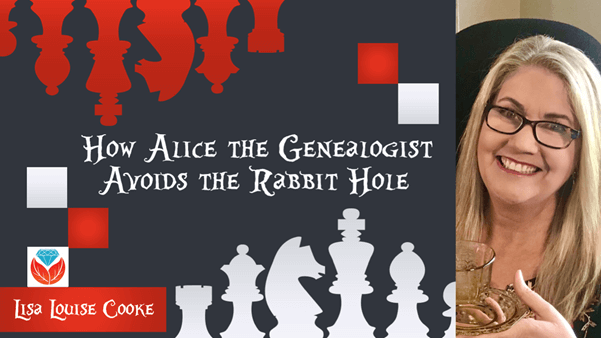
Premium Members get the entire video class plus 7 page downloadable handout.
There you can also download the complete handout which is ad-free and 7 pages long. It includes not only research plans and BSO management but also creating supportive research environments both on your computer and mobile devices.
Become a member here.
GEM: June Weddings
Monday, June 15.
For centuries, the month of June has been the most popular choice for weddings.
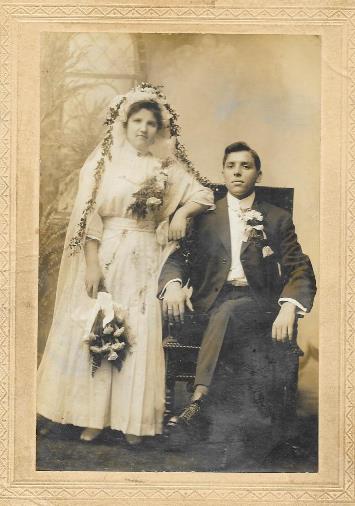
All about June Weddings – Genealogy Gems
One of the purported reasons was that some hundreds of years ago, this time was just after May’s annual bath, so the happy couple and the guests were about as clean as could be hoped.
With the ensuing advances in plumbing and overall hygiene, dressy weddings are readily staged year-round, from simple civil ceremonies and backyard or back-to-nature vows, to elaborate church functions. In normal years, there are more than 2.2 million weddings across the nation.
The median age at first marriage for women is now 28 years— up six years since 1980. Men are now an average age of 29.8 when they take their first vows.
Sources:
June weddings, accessed 2/3/2020
Number of marriages, accessed 2/3/2020
Getting Your History Digitized
Our family’s history comes in many forms, and some of them over time can become obsolete. I shared in this episode my continuing progress on my own project of converting the rest of my old home movies that are in a variety of formats (8mm, mini DV, High 8, and VHS.) I use Larsen Digital and have been extremely pleased with the service and results. The folks at Larsen Digital have put together special and exclusive discounts for Genealogy Gems listeners and readers. Click here to learn more and receive exclusive discounts and coupon codes.
Read more: 5 Steps to Digitizing Your Old Negatives

Learn how to tackle the task of digitizing your old negatives at Genealogy Gems
Get the Genealogy Gems Podcast App
Get the right app for your phone or tablet here.
Follow Lisa and Genealogy Gems on Social Media:
Instagram.com/genealogygemspodcast
Facebook.com/genealogygems
Pinterest.com/lisalouisecooke
YouTube.com/GenealogyGems

follow Lisa Louise Cooke on Instagram
Get the Free Genealogy Gems Newsletter
The Genealogy Gems email newsletter is the best way to stay informed about what’s available with your Premium eLearning Membership. Click here to sign up today.
Download the Show Notes
Native American Genealogy – Episode 76
Native American genealogy research follows the same path that all good genealogy research does, but it also includes some unique records along the way. It’s a fascinating journey, and in Elevenses with Lisa episode 76 professional genealogist Judy Nimer Muhn (Lineage Journeys) joins Lisa Louise Cooke to pave the way. Judy will discuss:
- Tribal and personal naming conventions
- Tribal-specific resources
- How geography impacts research
- Native American genealogical records
- and more…
Episode 76 Show Notes
Native American genealogy research follows the same path that all good genealogy research does, but it also includes some unique records along the way. It’s a fascinating journey, and in Elevenses with Lisa episode 76 professional genealogist Judy Nimer Muhn (Lineage Journeys) joins Lisa Louise Cooke to pave the way. Judy will discuss:
- Tribal and personal naming conventions
- Tribal-specific resources
- How geography impacts research
- Native American genealogical records
- and more…
Five Tribes
- Navaho/Navajo: Diné
- Cherokee: Tsalagi or Aniyunwiya
- Sioux: Lakota, Nakota or Dakota
- Chippewa: Ojibwa
- Choctaw: Choctah or Chahta
GEOGRAPHY
Native Land Map
Features:
- Enter a location
- Mouse and click around on the map to see the relevant territories in a location.
- Select or search from a dropdown of territories, treaties, and languages.
- Click and links will appear with nation names. Click a link to be taken to a page specifically about that nation, language, or treaty.
- Export the map to a printable image file
- You can turn map labels on or off to see non-Indigenous borders and towns
- Mobile apps available for iOS and Android.
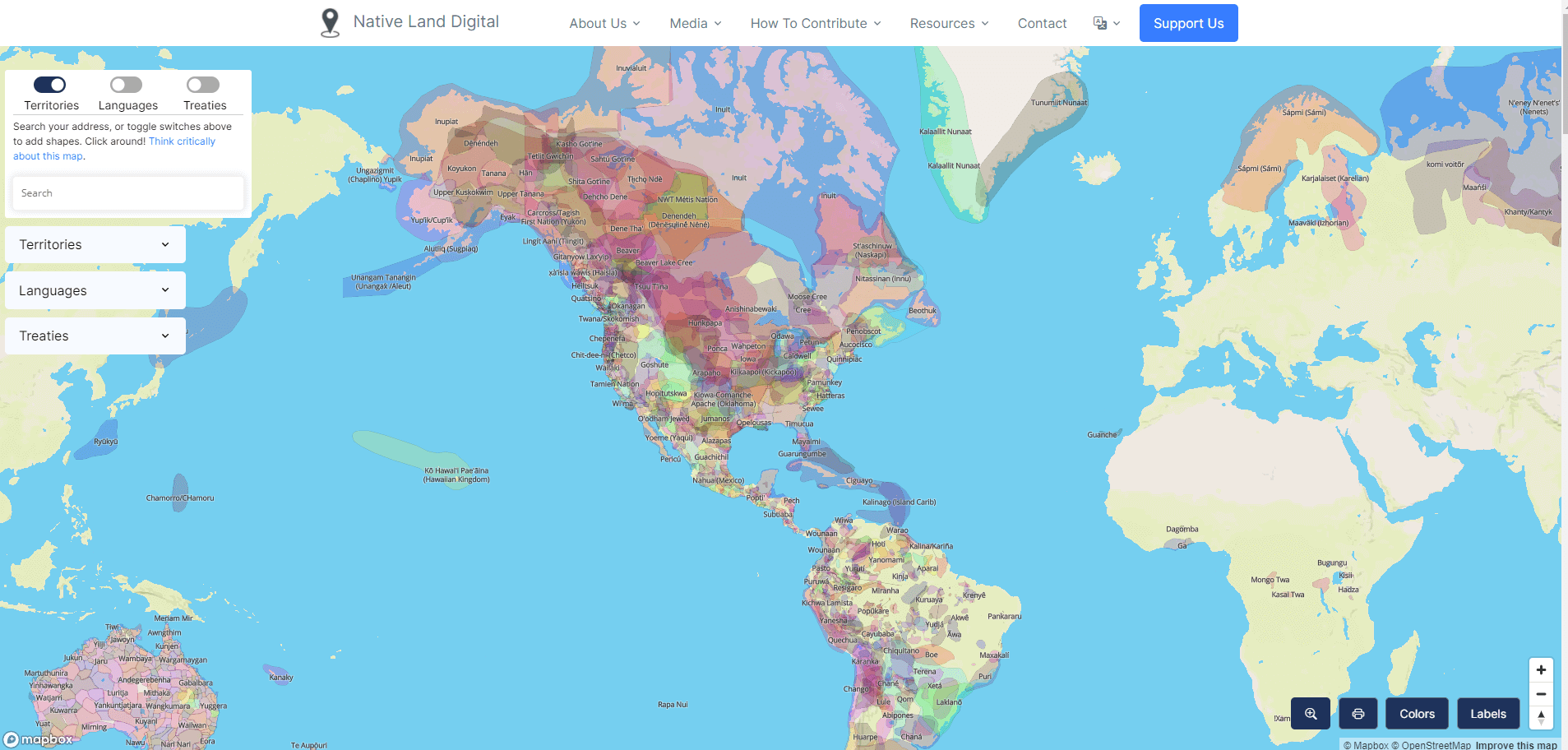
Native Map Digital Map
CENSUS RECORDS
Census Records at Genealogy Websites:
- Ancestry ($)
- MyHeritage ($)
- FamilySearch
From the Article: “Native people were largely excluded from the federal census until at least 1860.”
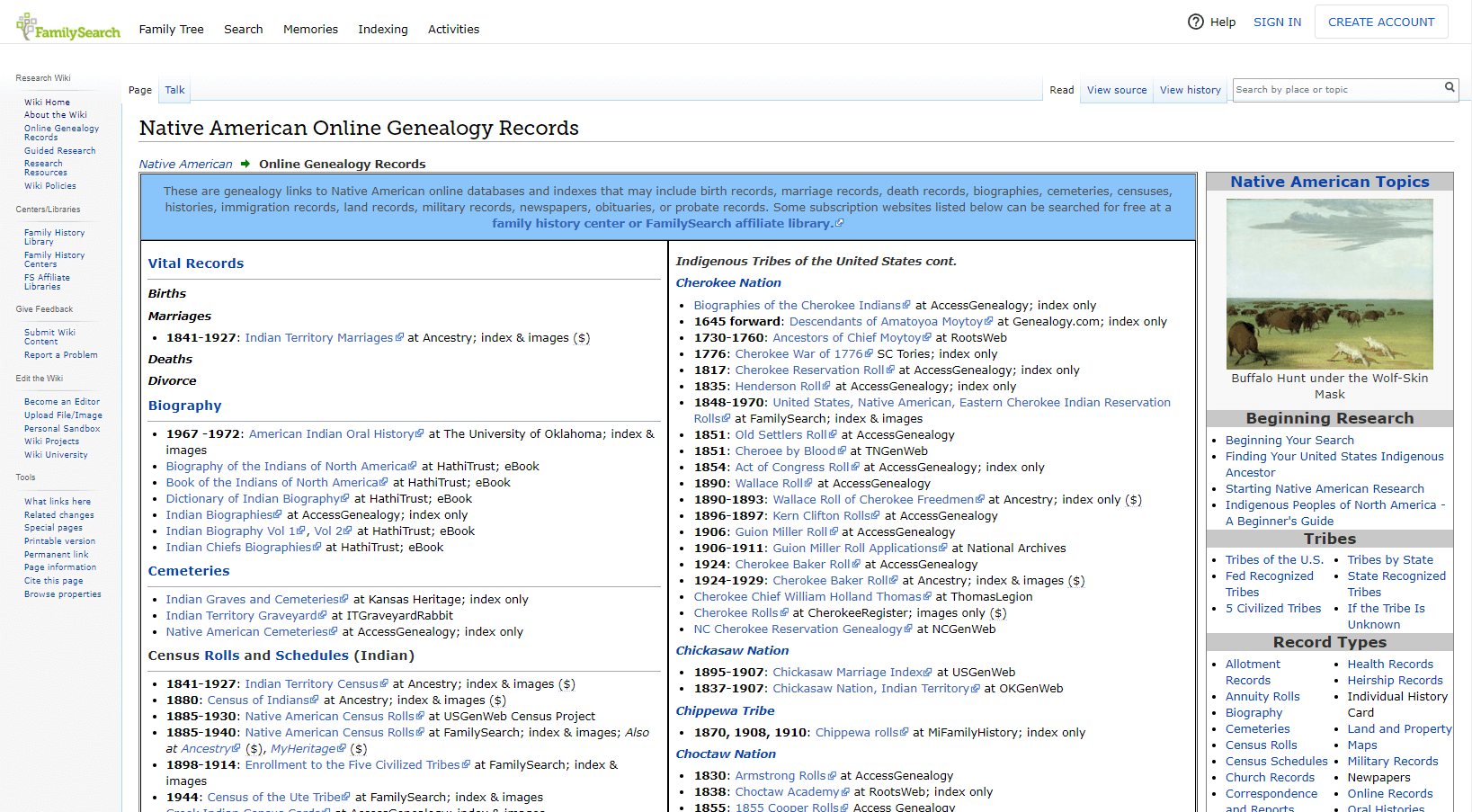
Native American Research at FamilySearch Wiki
National Archives
- Article by James P. Collins called Native Americans in the Census, 1860-1890 which will help you understand what you may be able to find during that time period.
At the National Archives you will find:
- Links to Native American records
- Download data collection research sheets for free
Visit the National Archives resource page for Native American Research
The Bureau of Indian Affairs
The Bureau of Indian Affairs was required to take an annual census of Native communities. (ex. Dawes Rolls)
- Some are available for free at Familysearch.org
- Compiled into one collection ranging from 1885 to 1940.
- Not all communities were represented.
- Collection may not be fully indexed
Free Native American Genealogy Databases
- 1817 Cherokee Reservation Roll
- 1880 Cherokee Census
- 1924 Baker Roll
- 1954 Proposed Ute Rolls
- Armstrong Rolls
- Dawes Commission Case Files
- (Dawes Rolls) Final Rolls Index and Search the Final Rolls
- Drennen Rolls
- Guion Miller Roll
- Kern Clifton Rolls
- McKennon Roll
- Old Settlers Roll
- Wallace Roll
Library of Congress
Here you’ll find many resources including newspapers, photos and reports to congress and oral histories.
Judy found materials deep within the Library of Congress website using Googling strategies from my book The Genealogist’s Google Toolbox available exclusively at the Genealogy Gems Store.
Michigan State University
Native American Studies Research Guide: Introduction
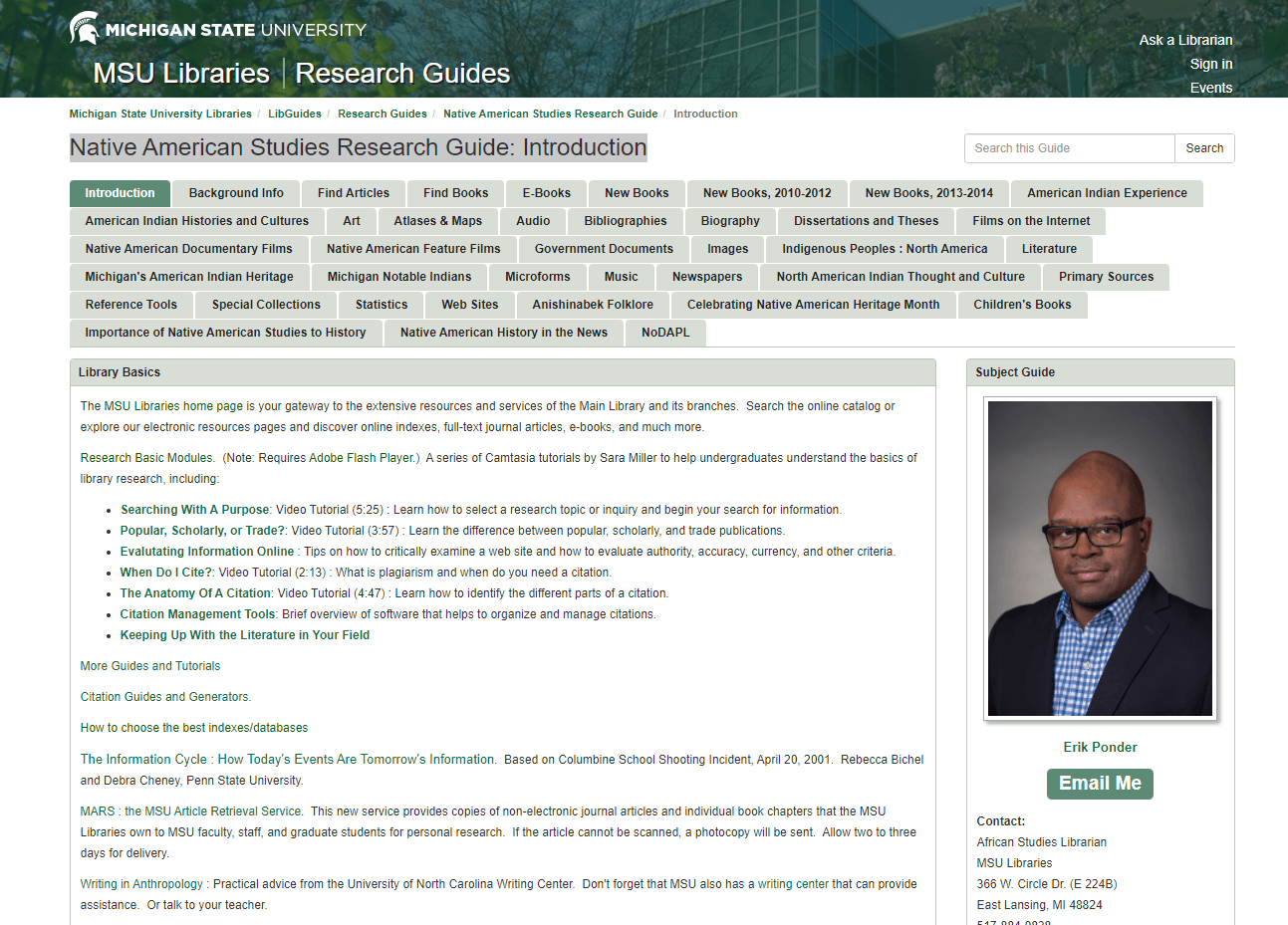
Michigan State University Native American Resources
Resources
These show notes feature everything we cover in this episode. Premium Members: download this exclusive ad-free show notes handout PDF. Not a member yet? Learn more and join the Genealogy Gems and Elevenses with Lisa family here.
How to Watch the Show Live
Three ways to watch:
1. Video Player (Live) – Watch live at the appointed time in the video player on the show notes page.
2. On YouTube (Live) – Click the Watch on YouTube button to watch live at the appointed time at the Genealogy Gems YouTube channel. Log into YouTube with your free Google account to participate in the live chat.
3. Video Player above (Replay) – Available immediately after the live premiere and chat.
Elevenses with Lisa Archive
See all of the available episodes here.
Questions about Finding Show Notes: Watch this Video:
Finding and Downloading Elevenses with Lisa Show Notes


